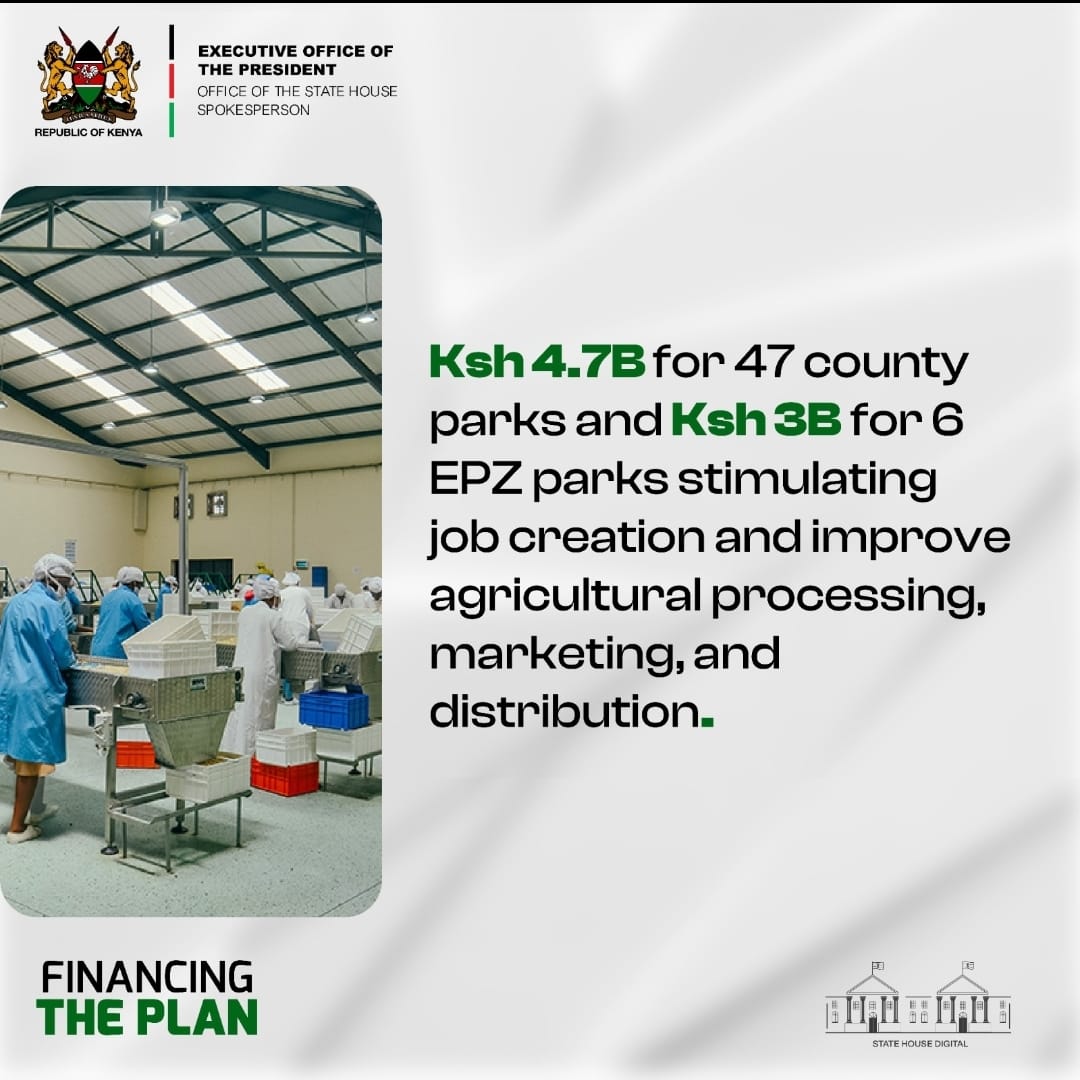
By the end of this course you will have learnt:
Accounting for Groups: Consolidation
Consolidation is the process of combining the financial statements of a parent company with its subsidiaries to present financial information as a single economic entity. This involves the aggregation of assets, liabilities, equity, income, expenses, and cash flows of the parent and its subsidiaries.
Key Steps in Consolidation:
Identify the Parent and Subsidiaries
Eliminate Intercompany Transactions
Adjust for Non-Controlling Interest (NCI)
Uniform Accounting Policies
Goodwill Calculation
Steps in Preparing Consolidated Financial Statements:
Consolidated Statement of Financial Position
Consolidated Statement of Profit or Loss
Consolidated Statement of Cash Flows
This course unit covers the following:
Accounting for Groups: Consolidation
Consolidation is the process of combining the financial statements of a parent company with its subsidiaries to present financial information as a single economic entity. This involves the aggregation of assets, liabilities, equity, income, expenses, and cash flows of the parent and its subsidiaries.
Key Steps in Consolidation:
Identify the Parent and Subsidiaries:
- The parent company is the one that has control over the other company/companies.
- A subsidiary is a company that is controlled by the parent.
Eliminate Intercompany Transactions:
- Transactions between the parent and subsidiary must be eliminated to avoid double-counting. This includes intercompany sales, loans, and dividends.
Adjust for Non-Controlling Interest (NCI):
- Non-controlling interest represents the equity in a subsidiary not attributable directly or indirectly to the parent company.
- NCI must be presented separately in the consolidated financial statements.
Uniform Accounting Policies:
- Ensure that the accounting policies used by the parent and subsidiaries are uniform. If not, adjustments must be made to align them.
Goodwill Calculation:
- Goodwill arises when the parent company acquires a subsidiary for more than the fair value of its net identifiable assets.
- Goodwill = Purchase Consideration - Fair Value of Net Identifiable Assets
Steps in Preparing Consolidated Financial Statements:
Consolidated Statement of Financial Position:
- Combine assets and liabilities of the parent and subsidiary.
- Eliminate intercompany balances.
- Present NCI separately.
Consolidated Statement of Profit or Loss:
- Combine income and expenses of the parent and subsidiary.
- Eliminate intercompany sales and expenses.
- Allocate profit or loss to NCI.
Consolidated Statement of Cash Flows:
- Combine cash flows of the pa

Mr Aringo is a reknowned CPA lecturer with over 30 years of teaching experience and mentoring students







